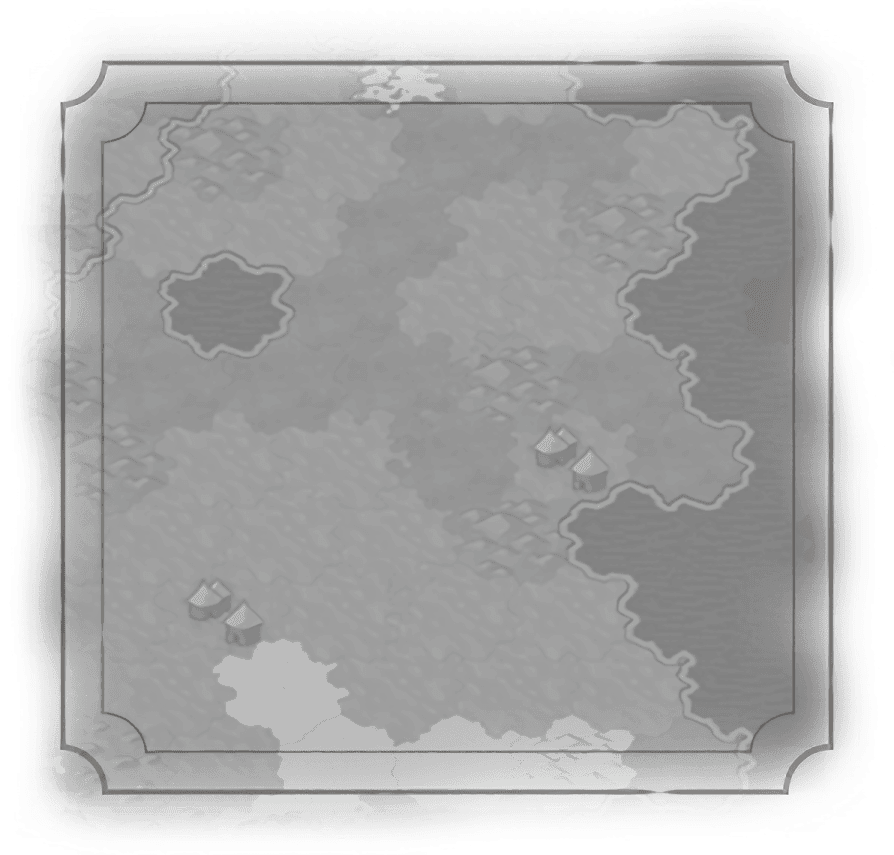

Industrial Zone
Description
A district in your city for industrial activity.
Historical Context
An industrial zone (sometimes euphemistically termed an industrial “park”) is where the “heavyweight” manufacturing and shipping takes place in modern civilization. Long before the Industrial Revolution, it was common to locate the most noisy, odoriferous, and dangerous workshops – the tanners, smelters, slaughterhouses, etc. – outside the city walls. No one wanted to live near those. Inevitably, heavy transport evolved to carry raw materials in and finished products out of these districts; today industrial zones are nexus for highways, railroads, airports, and seaports. The infrastructure grew with the zones: warehouses, power plants, water towers, pipelines, and communications networks. And the industrial zones kept growing as industry grew; Upgrader Alley outside Edmonton, for instance, covers 318 square kilometers (some 123 square miles).

Traits
Replaced By
+1  Great Engineer point per turn.
Great Engineer point per turn.
 Great Engineer point per turn.
Great Engineer point per turn.Appeal to Adjacent Tiles: -1
Adjacency Bonus
+1  Production from each adjacent Mine tile.
Production from each adjacent Mine tile.
 Production from each adjacent Mine tile.
Production from each adjacent Mine tile.+1  Production from each adjacent Quarry tile.
Production from each adjacent Quarry tile.
 Production from each adjacent Quarry tile.
Production from each adjacent Quarry tile.+1  Production from every 2 adjacent district tiles.
Production from every 2 adjacent district tiles.
 Production from every 2 adjacent district tiles.
Production from every 2 adjacent district tiles.Citizen Yields (per citizen)
 +2
+2  Production
ProductionTrade Yields
Domestic Destination
+1  Production
Production
 Production
ProductionInternational Destination
+1  Production
Production
 Production
ProductionRequirements
Technology
Production Cost
Base Cost: 54  Production
Production
 Production
ProductionMaintenance Cost
Base Cost: 1  Gold
Gold
 Gold
Gold
Description
A district in your city for industrial activity.
Historical Context
An industrial zone (sometimes euphemistically termed an industrial “park”) is where the “heavyweight” manufacturing and shipping takes place in modern civilization. Long before the Industrial Revolution, it was common to locate the most noisy, odoriferous, and dangerous workshops – the tanners, smelters, slaughterhouses, etc. – outside the city walls. No one wanted to live near those. Inevitably, heavy transport evolved to carry raw materials in and finished products out of these districts; today industrial zones are nexus for highways, railroads, airports, and seaports. The infrastructure grew with the zones: warehouses, power plants, water towers, pipelines, and communications networks. And the industrial zones kept growing as industry grew; Upgrader Alley outside Edmonton, for instance, covers 318 square kilometers (some 123 square miles).
Traits
Replaced By
+1  Great Engineer point per turn.
Great Engineer point per turn.
 Great Engineer point per turn.
Great Engineer point per turn.Appeal to Adjacent Tiles: -1
Adjacency Bonus
+1  Production from each adjacent Mine tile.
Production from each adjacent Mine tile.
 Production from each adjacent Mine tile.
Production from each adjacent Mine tile.+1  Production from each adjacent Quarry tile.
Production from each adjacent Quarry tile.
 Production from each adjacent Quarry tile.
Production from each adjacent Quarry tile.+1  Production from every 2 adjacent district tiles.
Production from every 2 adjacent district tiles.
 Production from every 2 adjacent district tiles.
Production from every 2 adjacent district tiles.Citizen Yields (per citizen)
 +2
+2  Production
ProductionTrade Yields
Domestic Destination
+1  Production
Production
 Production
ProductionInternational Destination
+1  Production
Production
 Production
ProductionRequirements
Technology
Production Cost
Base Cost: 54  Production
Production
 Production
ProductionMaintenance Cost
Base Cost: 1  Gold
Gold
 Gold
Gold


